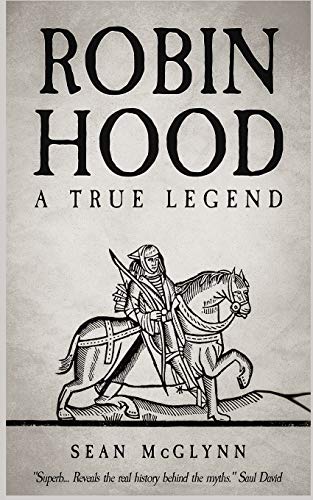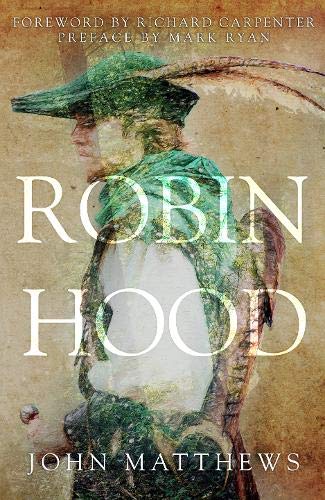The border between Staffordshire and Derbyshire is abundant with treasures from the past, but none are quite as fascinating as the ancient Yew Tree standing majestically in the churchyard of St Cuthbert’s Church in Doveridge. This tree, estimated to be 1400 years old and one of the oldest in the country, has a story deeply intertwined with British folklore, particularly the legendary Robin Hood.

The Yew Tree predates St Cuthbert's Church itself, a structure which has seen over 900 years since its establishment and is Grade I listed. The church, standing in its stoic glory since the 12th century, watches over the old Yew Tree, a silent guardian of the village’s history. It is 22 feet in circumference and its branches spread out over 250 feet. It is believed that it was planted by the monks who built the first church in Doveridge.
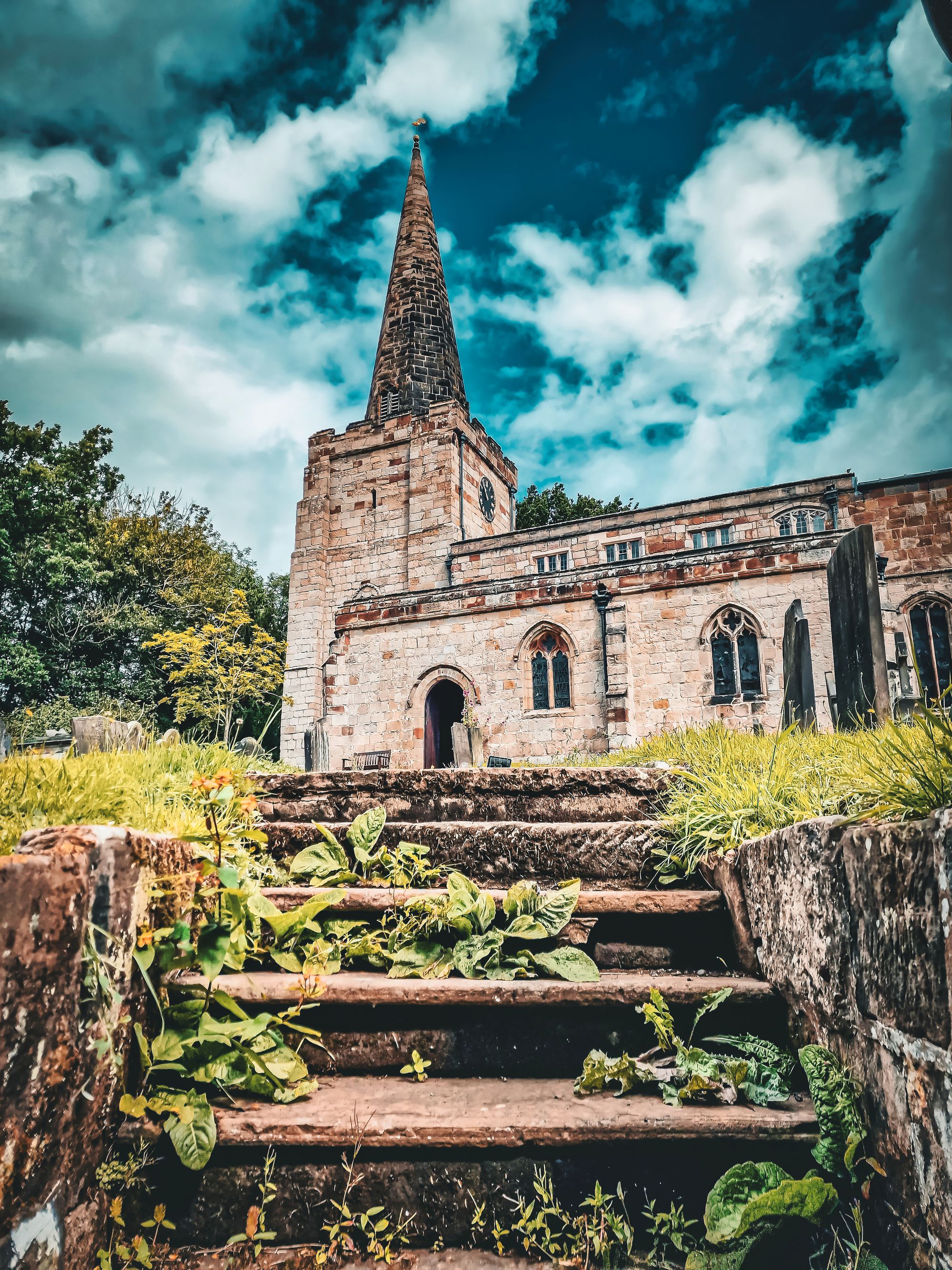
The Yew Tree and the Legend of Robin Hood
The Yew Tree's significance goes far beyond its age. It has a direct link to Robin Hood, the legendary heroic outlaw known for "stealing from the rich to give to the poor," and who has become synonymous with Sherwood Forest and Nottinghamshire. The tree is reputed to be the site of Robin Hood's marriage to Clorinda, a character who is often overshadowed by Maid Marian in popular adaptations of the legend.
Clorinda, also known as "The Queen of the Shepherdesses", is a figure from 17th-century Robin Hood ballads, including "Robin Hood's Birth, Breeding, Valor, and Marriage", where she is portrayed as Robin's wife, rather than the more commonly known Maid Marian. The tale tells of Robin Hood, who after a duel with Clorinda, falls in love with her fierce spirit, and they are married beneath the ancient Yew Tree.
'They all drank a health to Clorinda and told her Bold Robin was a fine man.'
'When dinner was ended, Sir Roger, the parson of Dubbridge, was sent for in haste.'
'He brought his mass book and bid them take hands, and he joined them in marriage full fast.'
'And then as Bold Robin and his sweet bride, went hand in hand to the sweet bower,'
'The birds sung with pleasure in merry Sherwood, and it was a most joyful hour.'
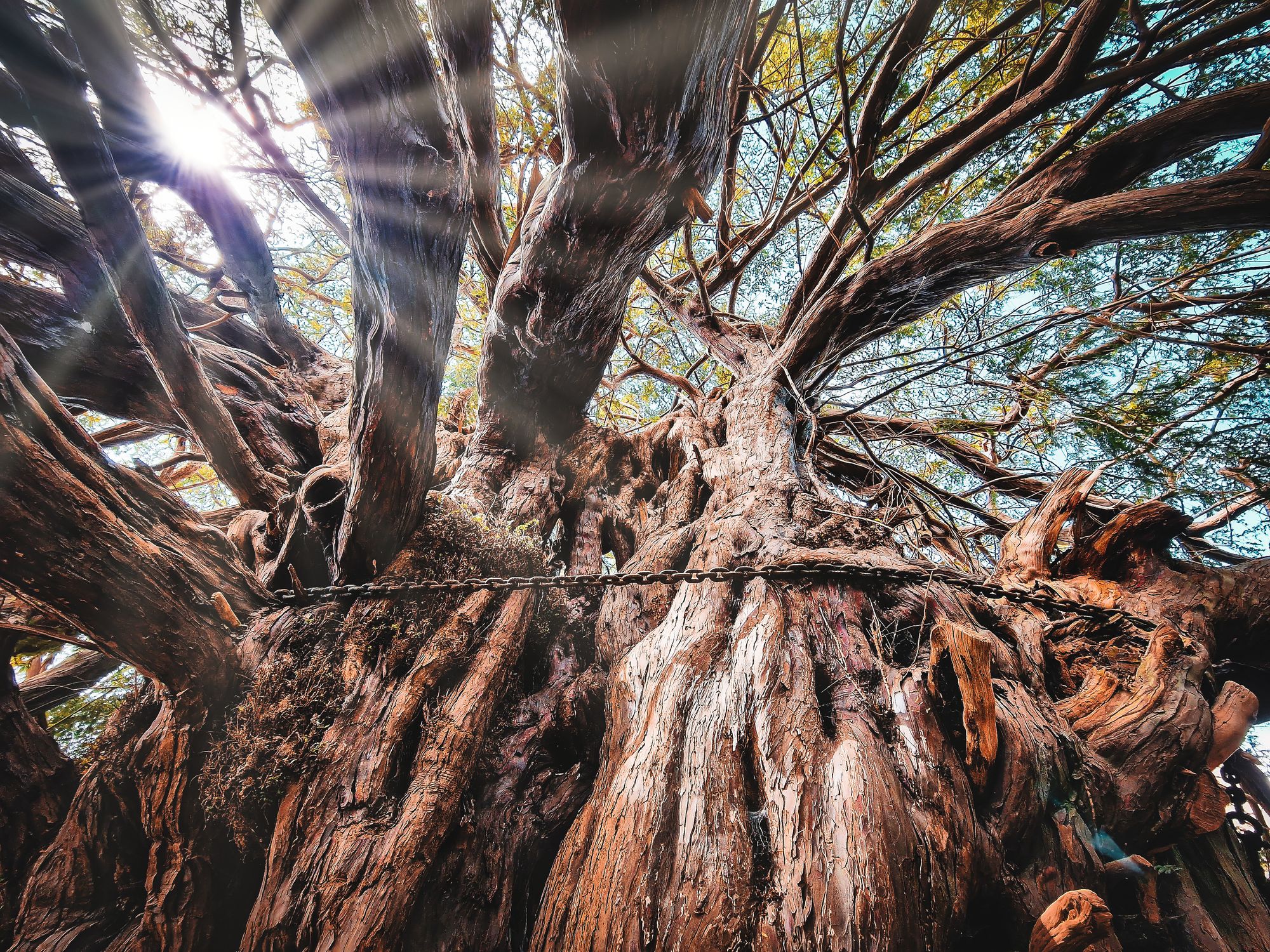
Robin Hood's Origins
The link between Robin Hood and the Yew Tree is particularly significant because Robin Hood is thought to have been born in the village of Loxley, which some historians propose could be the Loxley in Staffordshire, near Uttoxeter, rather than the more frequently suggested Loxley in South Yorkshire. If this is accurate, then the story of Robin Hood takes a broader geographic footprint than often depicted, spanning Sherwood Forest in Nottinghamshire, through Derbyshire, and into Staffordshire.
During the time of Robin Hood, believed to be around the 13th century, Sherwood Forest, often considered Robin Hood's primary base, would have stretched much further than its current boundaries, reaching parts of Staffordshire. The landscape of Staffordshire, with its forests and rough terrain, would have been ideal for an outlaw seeking refuge.
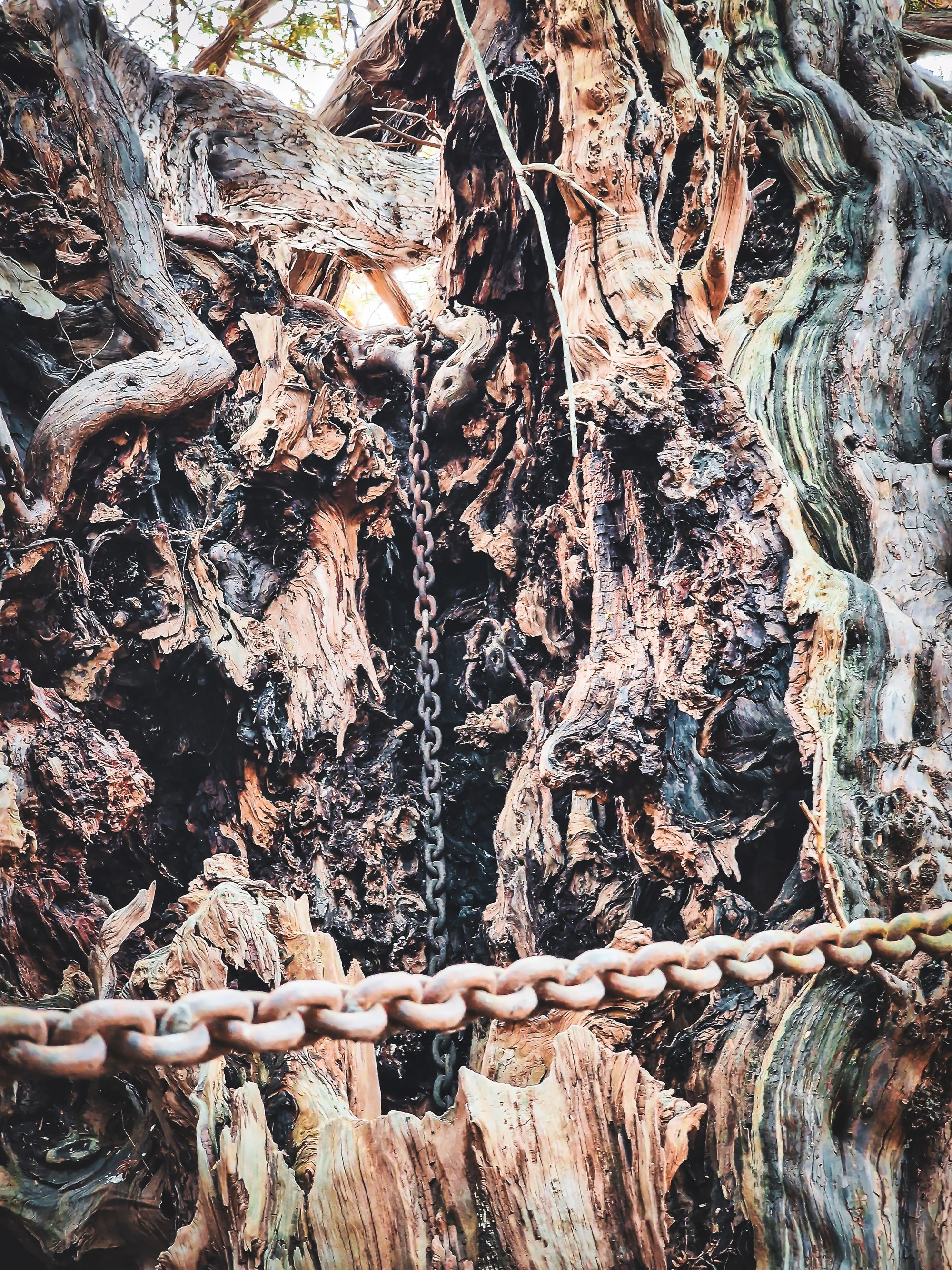
The Chains of the Yew: A Symbol of Resilience and Continuity
A key feature that makes the Yew Tree at St Cuthbert's Church truly unique is the presence of large iron chains, which have been used to support the tree’s vast, ancient branches. These chains are more than just functional supports; they also hold symbolic and historical significance.
The Functionality of the Chains
Over centuries of growth and exposure to the elements, the Yew Tree's branches have spread out far and wide. To prevent them from collapsing under their own weight or due to adverse weather conditions, large iron chains have been hung on the tree. These chains, acting as a support system, help in maintaining the structural integrity of the tree, allowing it to continue to grow and thrive. They not only reinforce the strength of the Yew Tree but also help protect its surroundings, including the nearby St Cuthbert's Church.
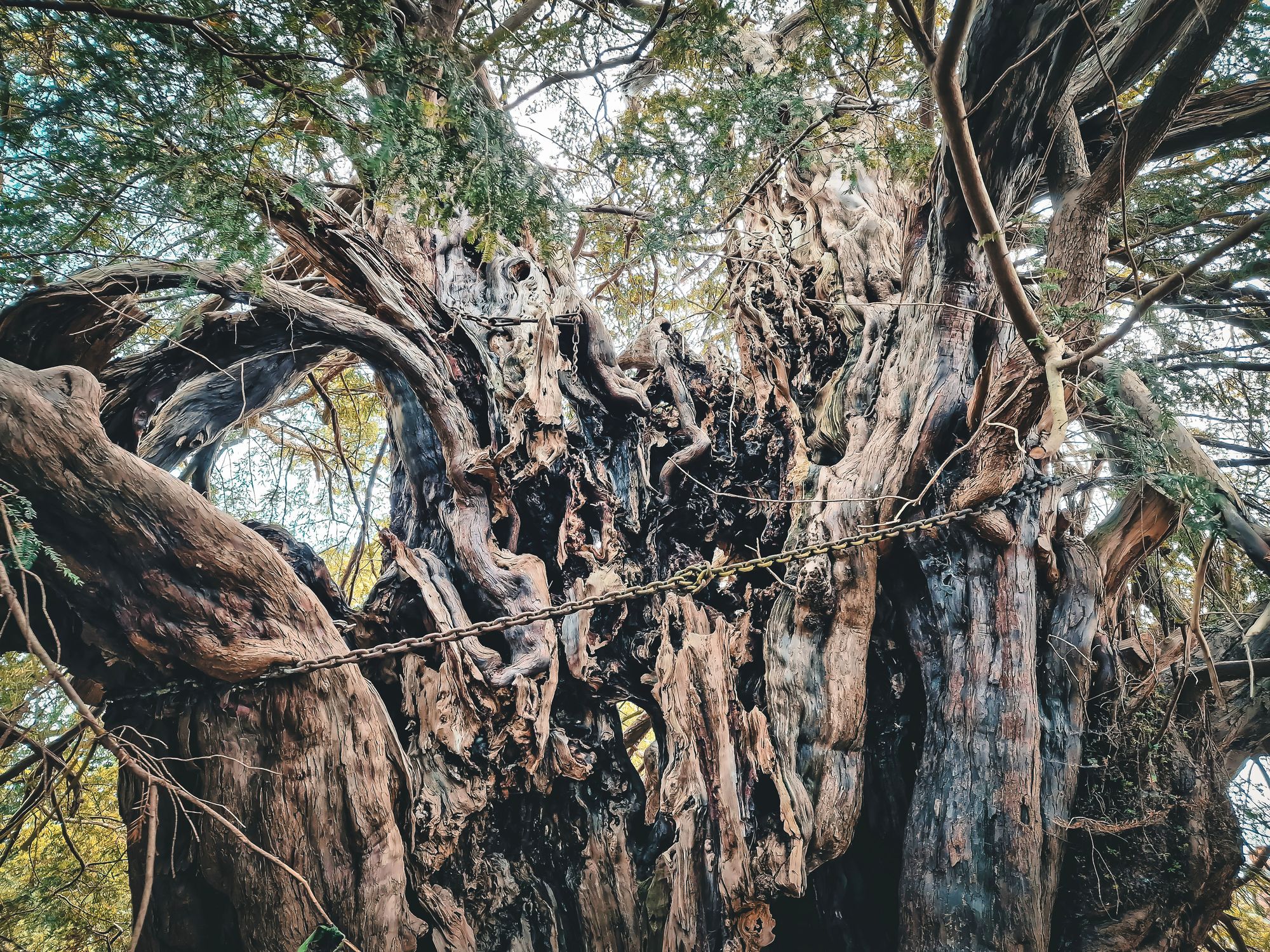
Historical Significance
The use of chains as support for large trees is a tradition that dates back to the 18th and 19th centuries in Britain, the most well-known being The Chained Oak, at Alton. It was a common practice, especially on church grounds and cemeteries, to preserve ancient and sacred trees that held significant cultural or religious value. The presence of these chains on the Yew Tree at St Cuthbert's Church is therefore not only a sign of the tree's age and size but also indicative of the respect and value given to this tree by past generations.
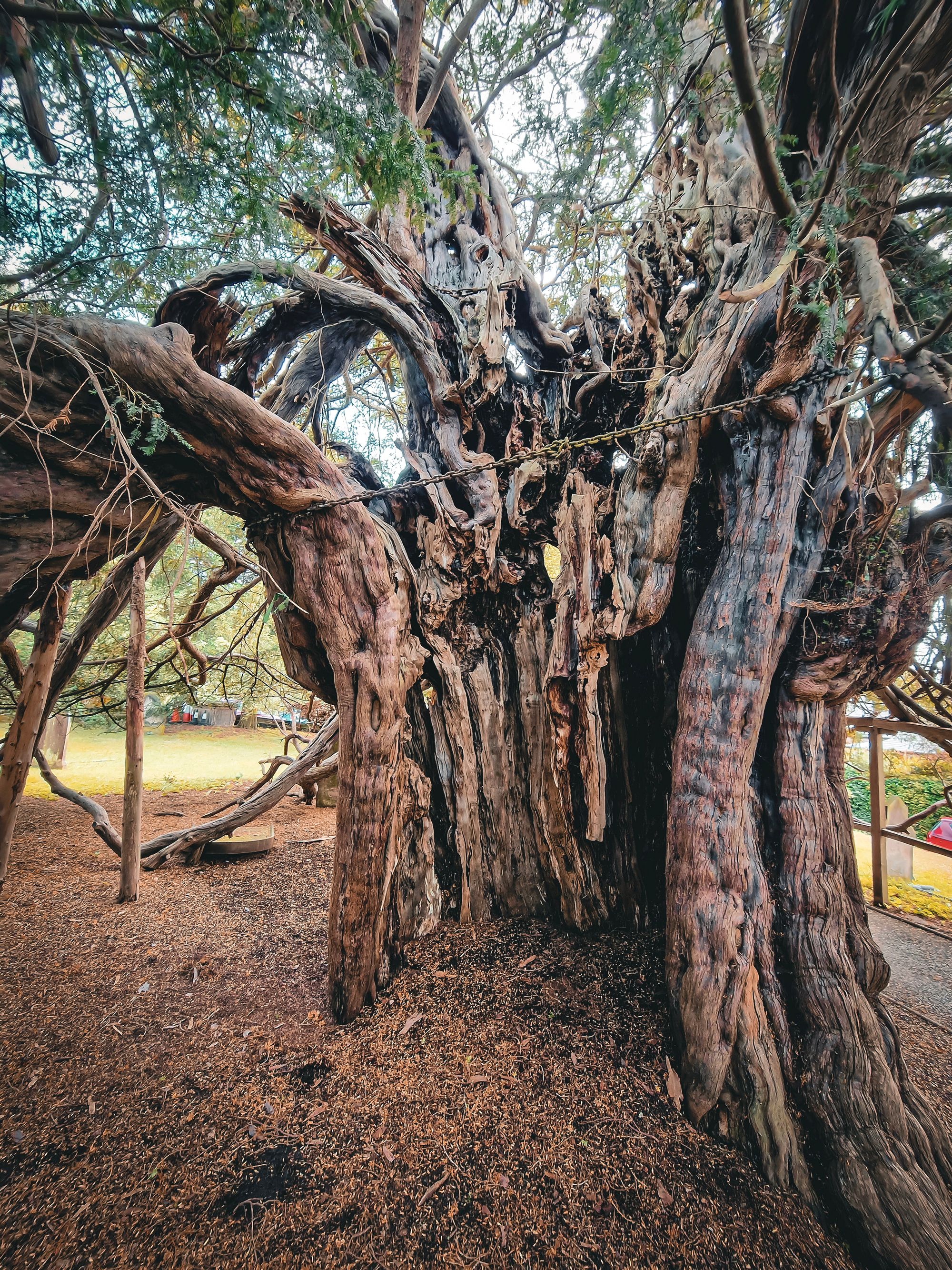
The Yew Tree at St Cuthbert's Church in Doveridge is more than just an aged botanical marvel; it's a living testament to centuries of stories, legends, and history. It stands as a bridge between the past and the present, whispering tales of the legendary Robin Hood, his unconventional marriage to Clorinda, and a reminder of the once expansive Sherwood Forest. This ancient tree and its stories enrich the cultural heritage of Doveridge and offer us a unique perspective on England's treasured folklore.
Whether you're a history enthusiast, a fan of folklore, or just love to experience the sense of awe that comes with witnessing living history, a visit to the ancient Yew Tree at St Cuthbert's Church is an opportunity to touch a piece of the past that continues to stand strong.
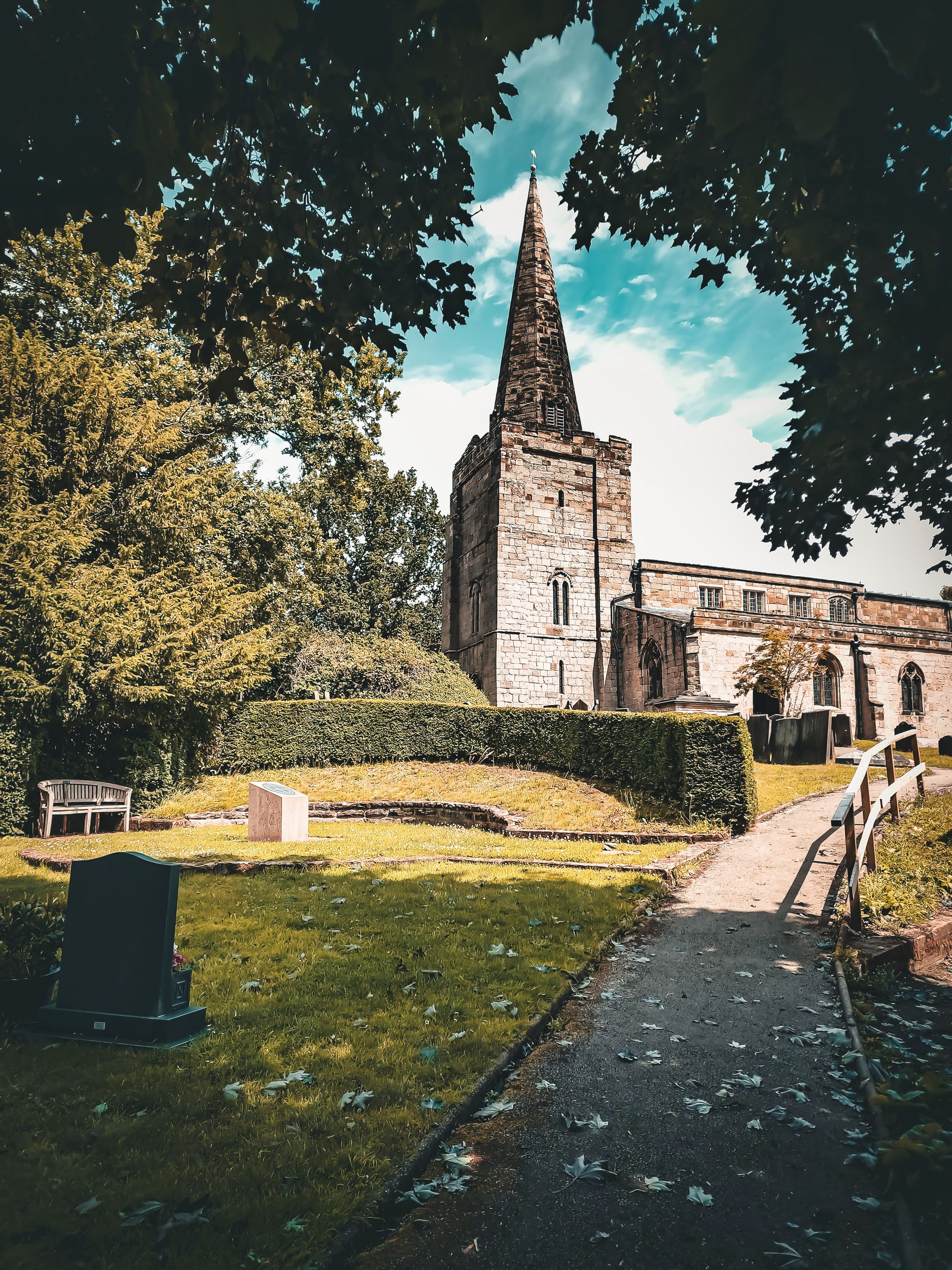
Thank you for reading!
If you like what you have read, please feel free to support me by following and signing up for my newsletter and/or buying me a coffee!
Thank you.

I use the British Newspaper Archive to help with my research and you can sign up for a free trial here.
If you are interested in your local and family history, you can sign up for a free trial of Find my Past and access all archived local records and find your past.
If you are interested in the history of Robin Hood then check out these books on Amazon.
Check out my recommended reading list

